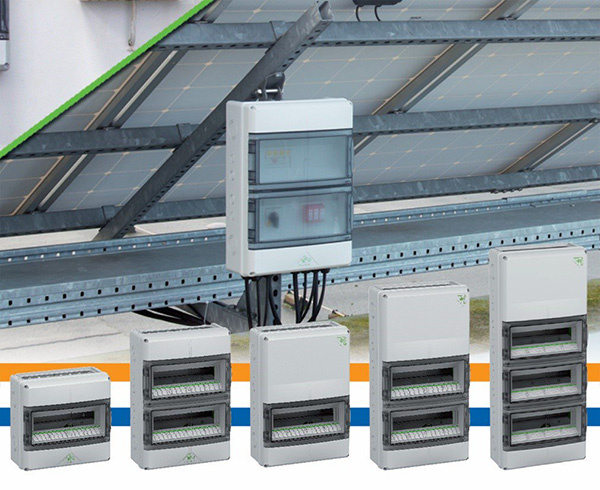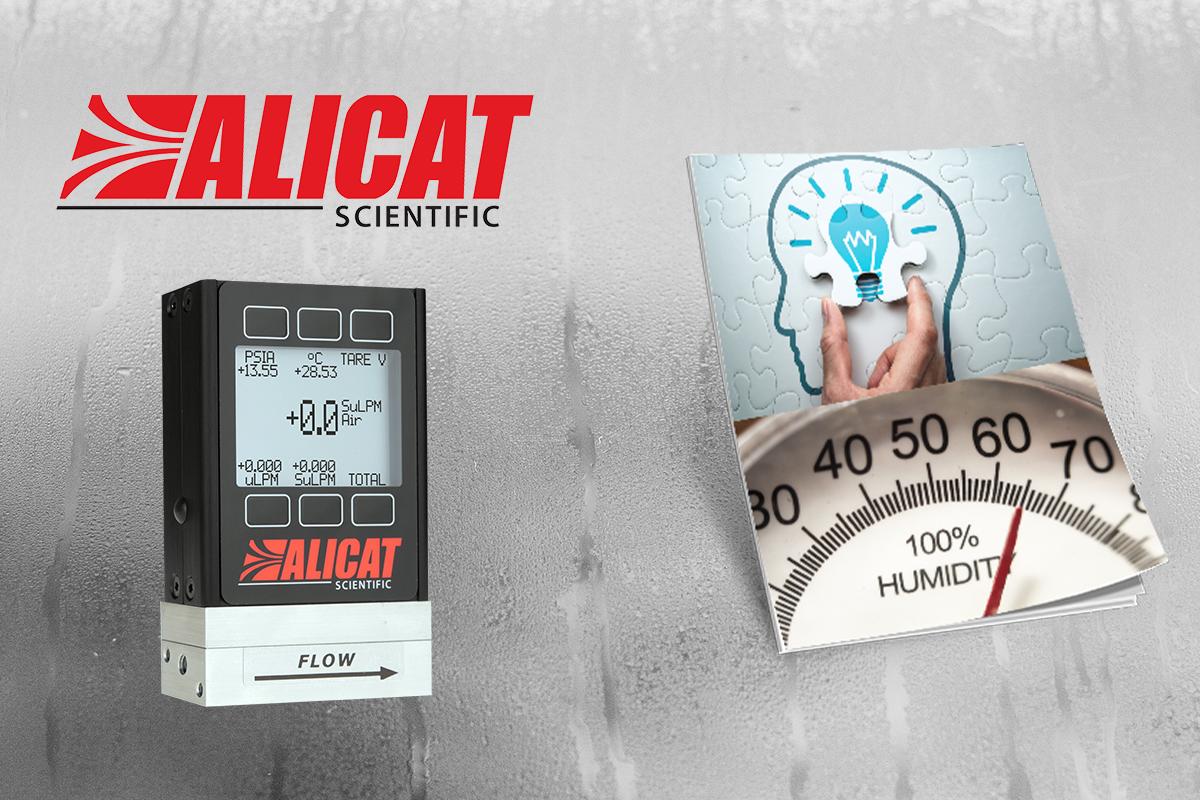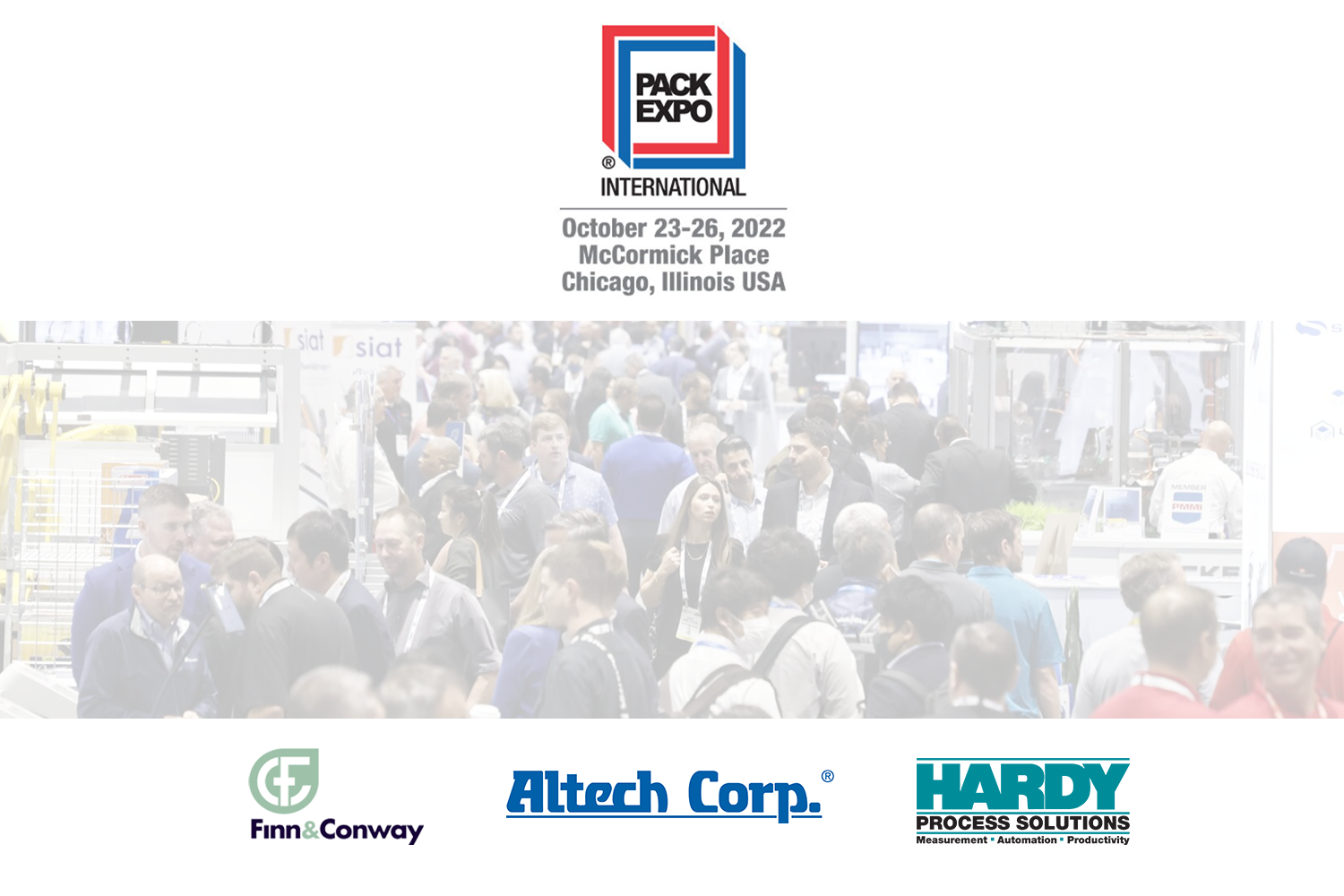Not all Distribution Boxes are Created Equal
If sealed enclosures are used in environments with fluctuating temperatures and air humidity, condensation problems may arise as water vapor collects on the internal surface of the enclosure. If the enclosure, in turn, contains electrical equipment, the result is an increased risk of system malfunction due to short-circuiting, electrical and electronic component breakdowns or rusting and corrosion.
Depending on the power losses given off by the installed devices, the air inside an enclosure commonly heats up to temperatures of 55° C (133° F) or more. As this warm air inside an enclosure comes into contact with the enclosure’s colder casing, it cools and may chill to a point where it can no longer retain the same amount of water. Air at a certain temperature and a certain pressure can only absorb a certain maximum quantity of water vapor. For example, in comparison to a temperature of 55° C (133° F) air at a temperature of 20° C (68° F) can only absorb 20% of the water content.
These issues are magnified when enclosures are exposed to changes in temperature from daytime to nighttime and from sunny to shady conditions.
Sealed enclosures will not allow the air inside the enclosure to escape. As a consequence, water vapor, which is suspended as a gas, turns into liquid water. This is called the dew point — the atmospheric temperature (which varies according to pressure and humidity) below which water droplets begin to condense and collect inside the box.

Figure 1: Patented air ventilation system removes condensation from enclosure. Source: Altech
Fortunately, technology can assist. In order to avoid the formation of condensation, the Altech AKIII Air enclosure is fitted with a patented air ventilation system comprised of an air ventilation element and drainage supporting the transportation of condensate out of openings in the enclosure.
In operation, there are two vents in the enclosure, one near the top of the enclosure and one near the bottom of the enclosure. This creates an air exchange that allows the hot air that builds up inside the enclosure to escape through the top. As the outside air temperature starts to cool down, it enters through the other vent; this steady air exchange transports the moisture out of the enclosure before the moist air starts to condense.
The ventilation element facilitates the avoidance of condensate while maintaining the high IP protection rating of IP65.
By way of review, IP65 enclosure characteristics include:
- Complete protection from dust, oil and other non-corrosive material
- Complete protection from contact with enclosed equipment
- Protection from water, including water projected by a nozzle against enclosure from any direction

Figure 2: Filter element mounted inside the box removes 10 μm or larger particles. Source: Altech
The AKIII enclosure is fitted with a filter element that retains particles that are 10 μm or larger. The filter is mounted inside the box and is exchangeable.
The ventilation system is maintenance-free by design and the enclosure is a UL-listed product with a NEMA 3R rating. NEMA 3R enclosures are typically used in outdoor applications for wiring and junction boxes. This style of enclosure provides protection against falling rain, sleet, snow and external ice formation. Additionally, it protects against dripping water indoors.
Altech’s AKIII is made of polycarbonate, which is a very durable engineered plastic material. Unlike steel, it is non-corrosive and it is resistant to harmful mechanical stresses, in particular impact stresses. It is a maintenance-free material that offers reliable protection and resistance to chemicals and can be expected to deliver long operational service with low installation expense.
Another feature is that the top and bottom end walls are supplied open and can be fitted with different types of flange mount end walls. This allows for many options for different types of knockouts or smooth walls. They can also be used to combine two enclosures (top to bottom) because there is a combination flange that can be used in place of end walls.

Figure 3: The AKIII series comes in a variety of enclosure sizes. Source: Altech
The interior of the AKIII serves to accommodate the equipment and is fitted with various mounting options depending on the variant. In all, there are seven different models. The difference among them is how much space they have for components. Four models are basically single-door, double-door, triple-door and four-door enclosures for circuit breakers or timers. The single door is a 14 circuit breaker enclosure. Similarly, the double door is 28, the triple door 42 and the four-door can hold 56 breakers.
In addition, three models called the Plus series are available with an extra mounting space in the top instead of a door. This is useful for mounting components that should not be visible, which can include all wiring or extra terminals that don't need access from the enclosure doors.
Height adjustable DIN rails are pre-installed for component mounting. Other accessories are available such as partitions, mounting tab kits, cable glands, etc.


